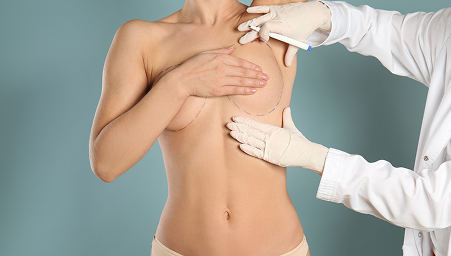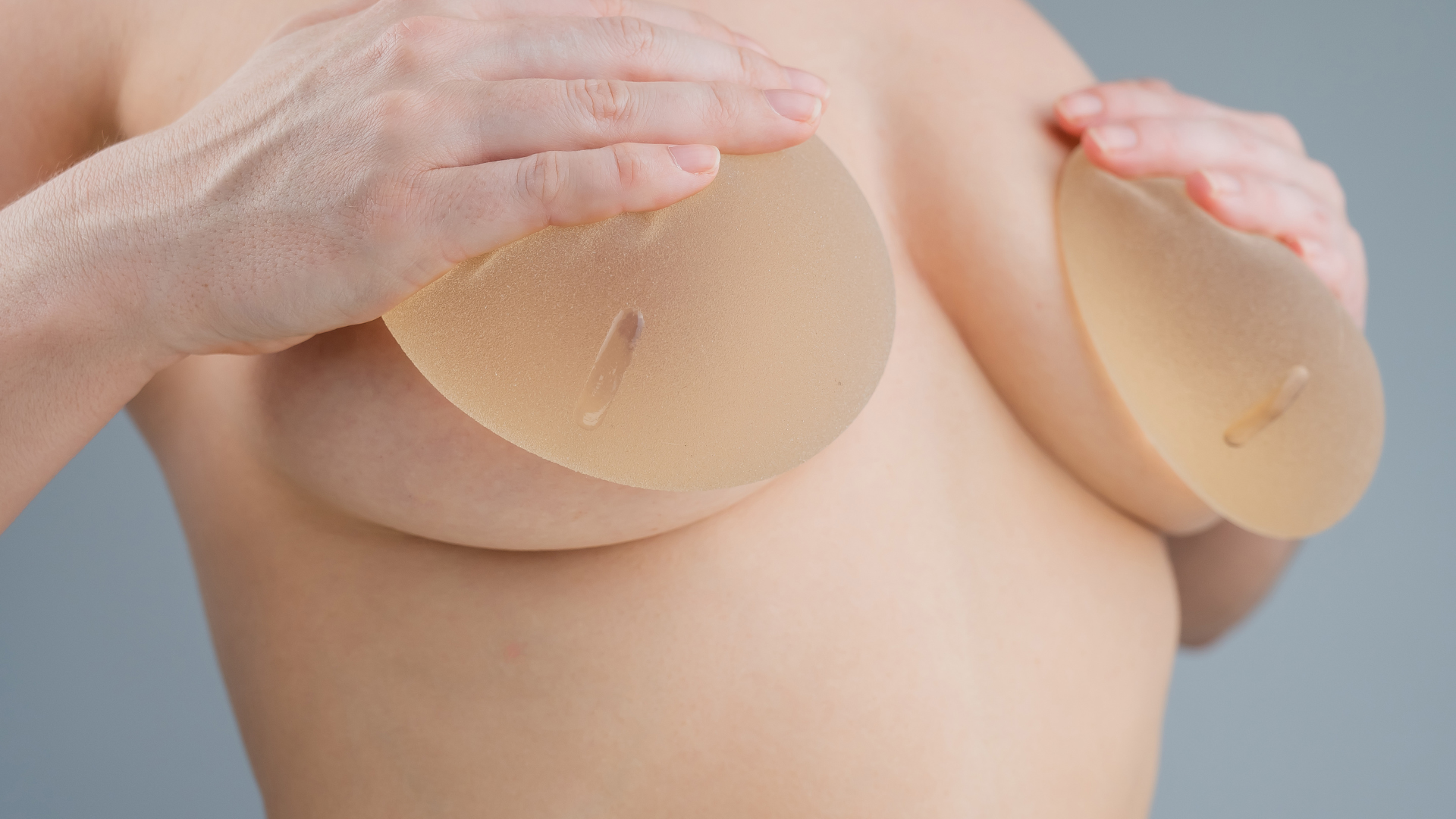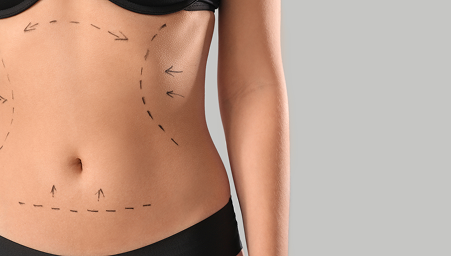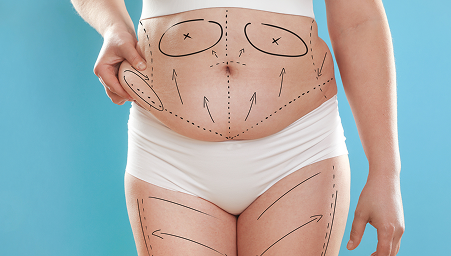BLOG
Understanding Breast Augmentation: A Comprehensive Guide

Breast augmentation, also known as augmentation mammoplasty, is one of the most commonly performed cosmetic surgical procedures worldwide. Whether for enhancing physical appearance, restoring breast volume after weight loss or pregnancy, or reconstructing following mastectomy, breast augmentation has empowered countless individuals to feel more confident in their bodies.
In this blog post, we explore the key aspects of breast augmentation, from its purpose and procedure to recovery and results, helping you make an informed decision if you’re considering this transformative journey.
What Is Breast Augmentation?
Breast augmentation involves the use of implants or fat transfer to increase the size and improve the shape of the breasts. It can also correct asymmetry or improve breast contour. The most common method involves placing silicone or saline implants under the breast tissue or chest muscles.
The goal of the procedure isn’t merely to enlarge the breasts, but to enhance proportion, symmetry, and the overall aesthetics of the upper body in line with the patient’s preferences.
Why Do People Choose Breast Augmentation?
There are several personal reasons why individuals opt for breast augmentation, including:
- Enhancing body confidence: Many women desire fuller breasts to feel more attractive or balanced in their body proportions.
- Post-pregnancy volume loss: Breastfeeding and pregnancy can lead to significant loss of breast volume and firmness.
- Weight loss-related changes: Major weight loss often affects breast size and shape.
- Correcting asymmetry: Breast augmentation can balance unevenly sized breasts.
- Reconstruction after mastectomy: For women recovering from breast cancer, reconstruction through implants can be emotionally healing.
Every patient has unique motivations and goals. During the consultation process, a board-certified plastic surgeon works closely with the patient to understand their expectations and suggest the best course of action.

Types of Breast Implants
The two primary types of breast implants are:
- Saline Implants: Filled with sterile salt water, these implants are inserted empty and then filled once they’re in place. They are slightly firmer and may show visible rippling in thinner individuals.
- Silicone Implants: These are pre-filled with a cohesive silicone gel that feels more like natural breast tissue. They are the most popular choice due to their more natural look and feel.
A newer option includes “gummy bear” implants, made from form-stable silicone that maintains its shape even if the implant shell is broken.
Implants also vary in shape (round or teardrop), texture (smooth or textured), and profile (how far they project from the chest). The choice depends on body type, desired results, and the surgeon’s recommendations.
The Breast Augmentation Procedure
Typically performed under general anesthesia, breast augmentation surgery takes 1 to 2 hours. The surgeon makes an incision in one of three common areas:
- Inframammary (under the breast fold)
- Periareolar (around the nipple)
- Transaxillary (in the armpit)
After the incision, the surgeon creates a pocket either under the pectoral muscle (submuscular) or behind the breast tissue (subglandular) and inserts the implant. Once positioned, the incisions are closed with sutures.
Recovery and Aftercare
Recovery varies by individual but typically involves some swelling, soreness, and bruising in the days following surgery. Most patients can return to work within a week, but should avoid strenuous activity for 4 to 6 weeks.
Here are a few key recovery tips:
- Wear a supportive surgical bra as advised
- Follow prescribed medication and wound care instructions
- Sleep on your back with elevated pillows to minimize swelling
- Attend follow-up appointments to monitor healing
It’s essential to follow the surgeon’s guidance closely to ensure optimal results and minimize complications.
YOUR TRANSFORMATION COULD BE NEXT
Risks and Considerations
- Infection
- Implant rupture or leakage
- Capsular contracture (scar tissue hardening around the implant)
- Changes in nipple or breast sensation
- Unsatisfactory aesthetic outcome requiring revision surgery
Longevity and Maintenance
Breast implants are not lifetime devices. While they can last 10 to 20 years or more, they may eventually need to be replaced due to age-related changes, rupture, or personal preference for size adjustment.
Regular monitoring through imaging (like MRI or ultrasound) is recommended, especially with silicone implants, to detect silent ruptures.
Is Breast Augmentation Right for You?
Deciding to undergo breast augmentation is deeply personal. It’s essential to consider your motivations, expectations, and overall health. A good candidate is someone who:
- Is in good physical health
- Has realistic expectations
- Is not pregnant or breastfeeding
- Has fully developed breasts
During the consultation, your surgeon will evaluate your medical history, lifestyle, and aesthetic goals to help determine if breast augmentation is a suitable and safe option for you.
Final Thoughts
Breast augmentation can be a life-enhancing procedure for many individuals, offering not just a boost in physical appearance but also a deeper sense of confidence and empowerment. Like any cosmetic surgery, it’s a decision that should be made with careful consideration and in partnership with a qualified professional.
If you’re considering breast augmentation, start by booking a consultation with a trusted plastic surgeon like Dr. Ananda at [email protected].
Ask questions, review before-and-after photos, and explore your options thoroughly. The right knowledge is the first step toward the transformation you envision.

CONTACT US
OUR LOCATION
CONTACT US
KOTA DAMANSARA
11, Jalan Teknologi,
PJU 5, Kota Damansara,
47810 Petaling Jaya
Selangor Darul Ehsan, Malaysia.
Monday – Friday :8.30am-5.30pm
Saturday : 8.30am – 12.30pm
BLOG FEED


